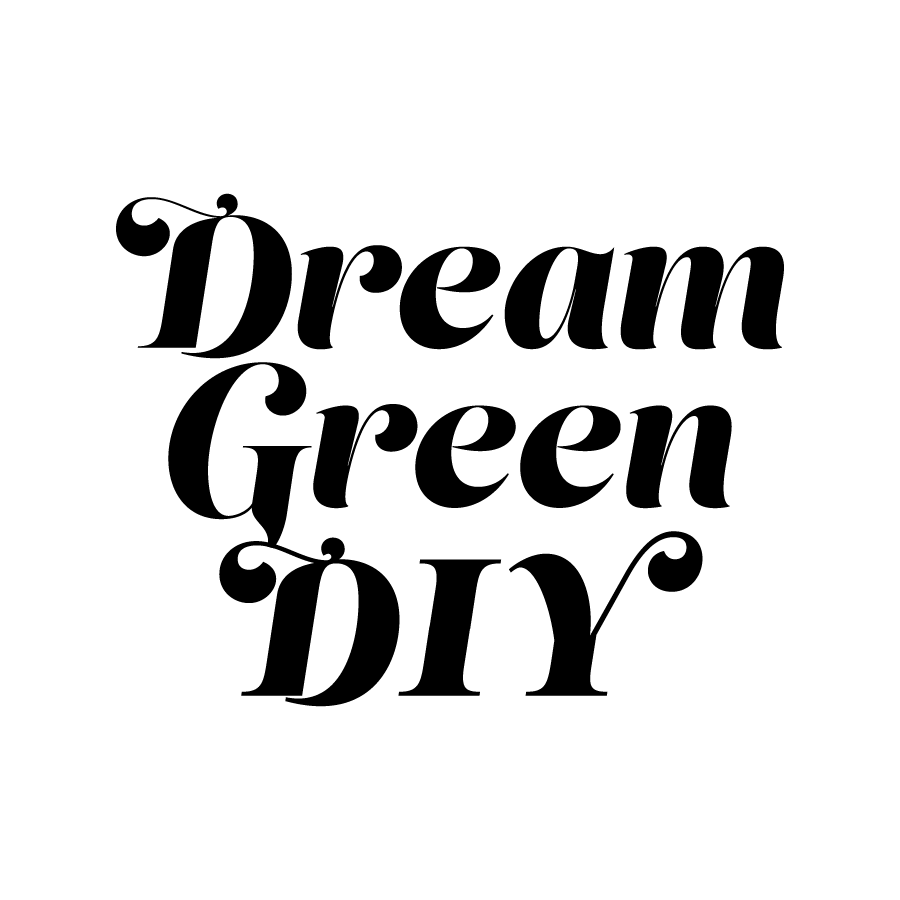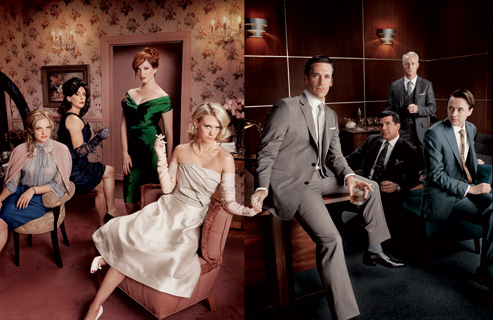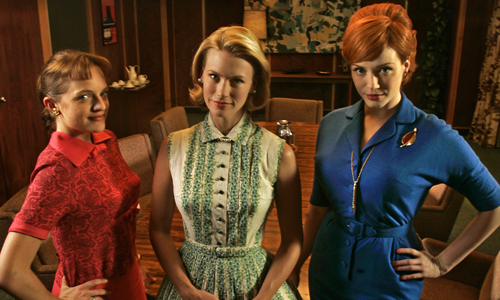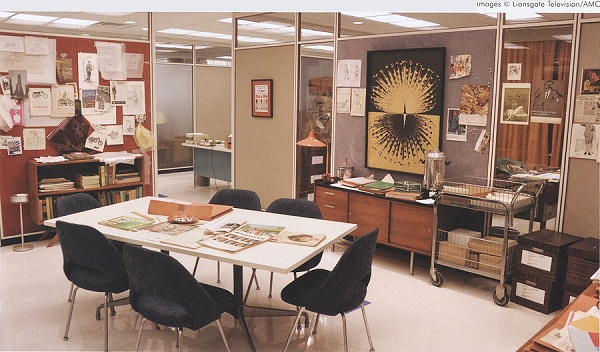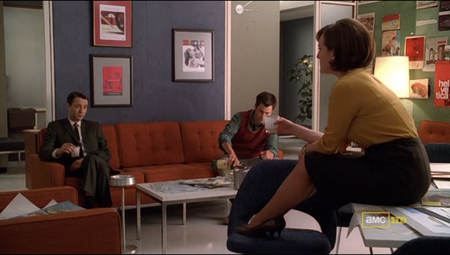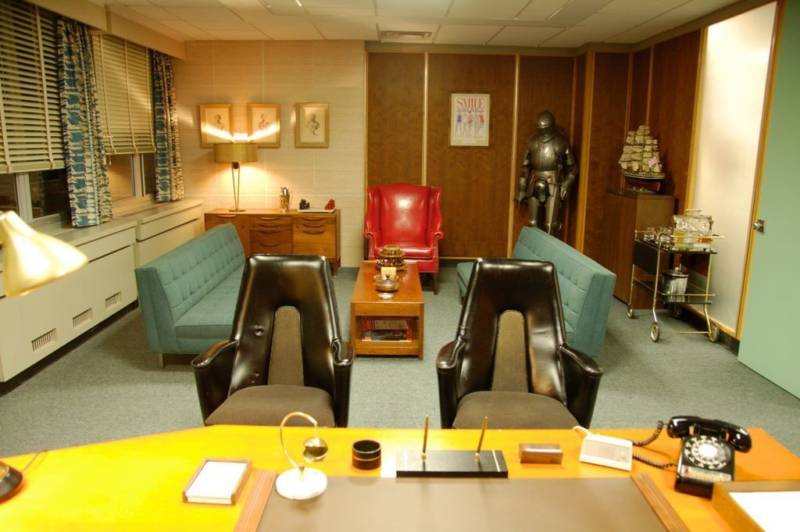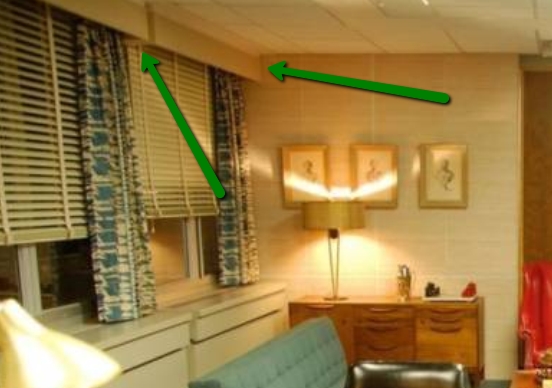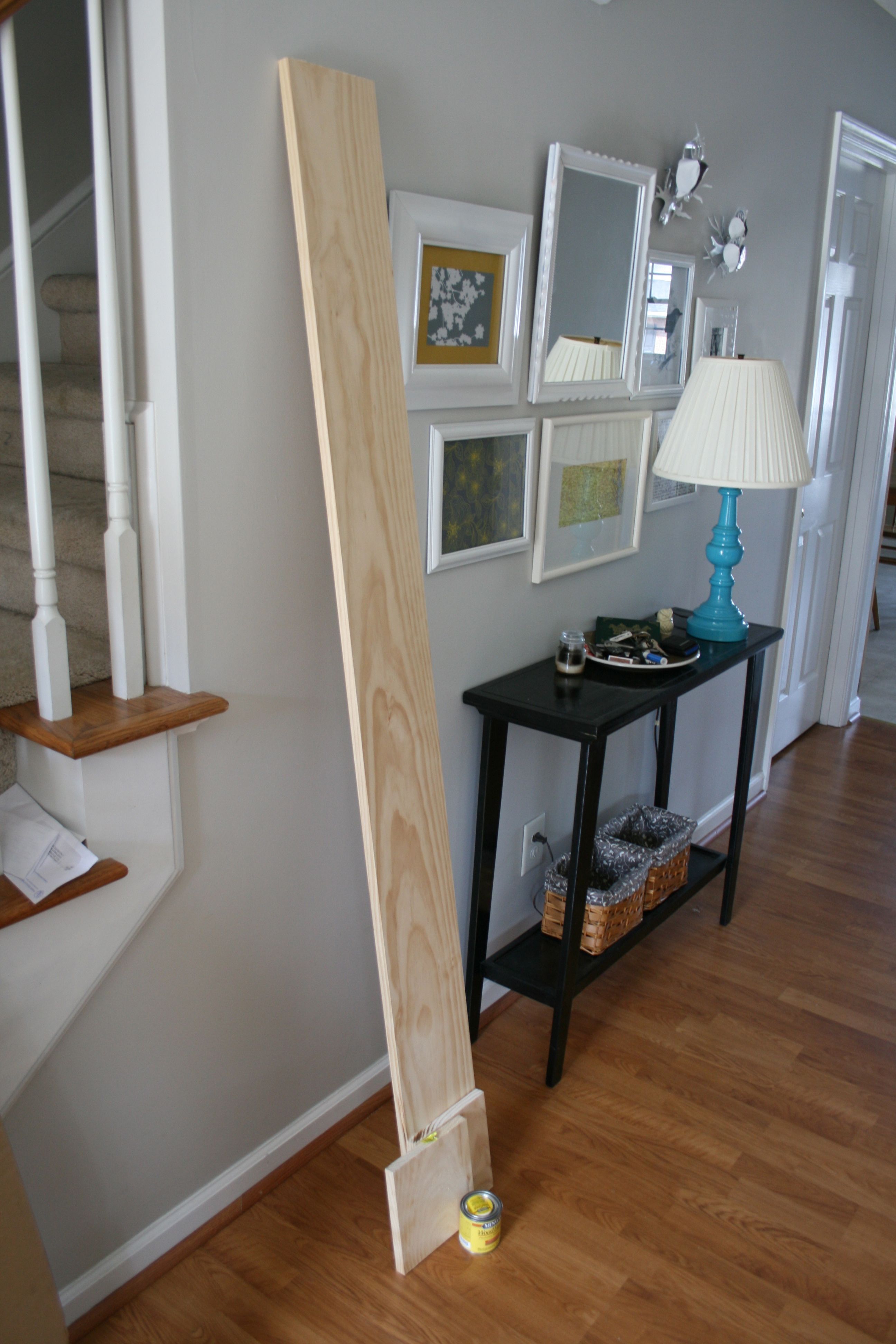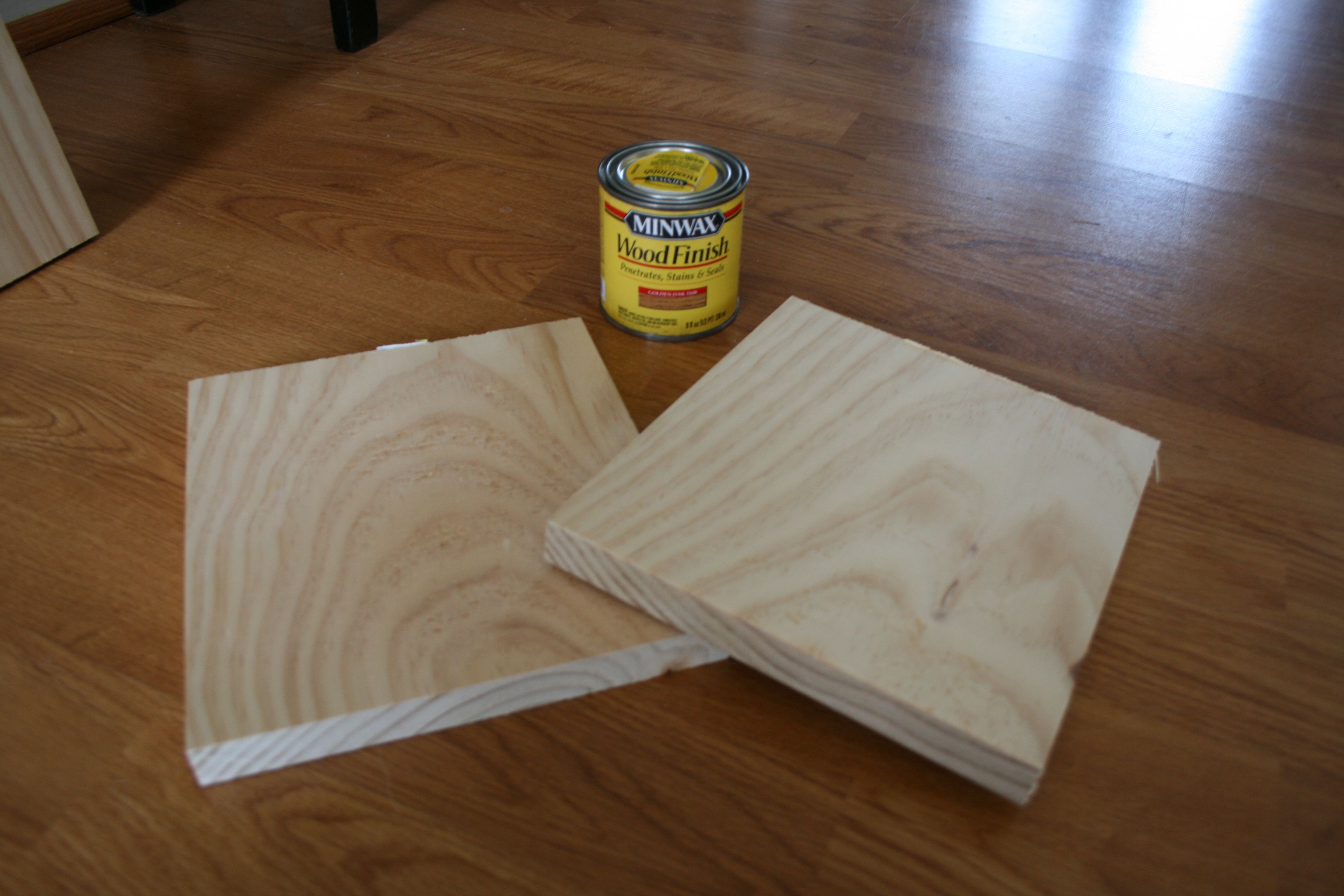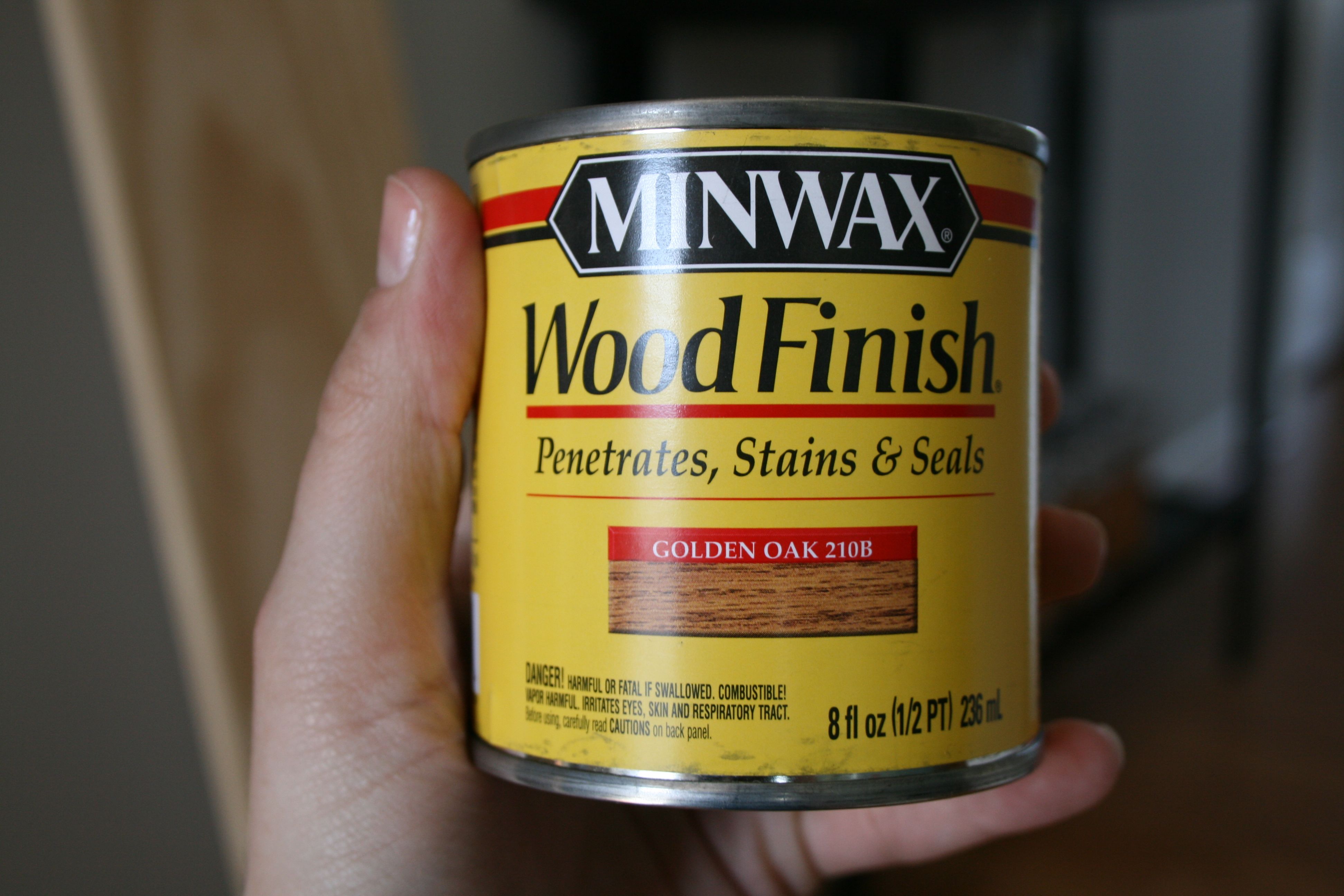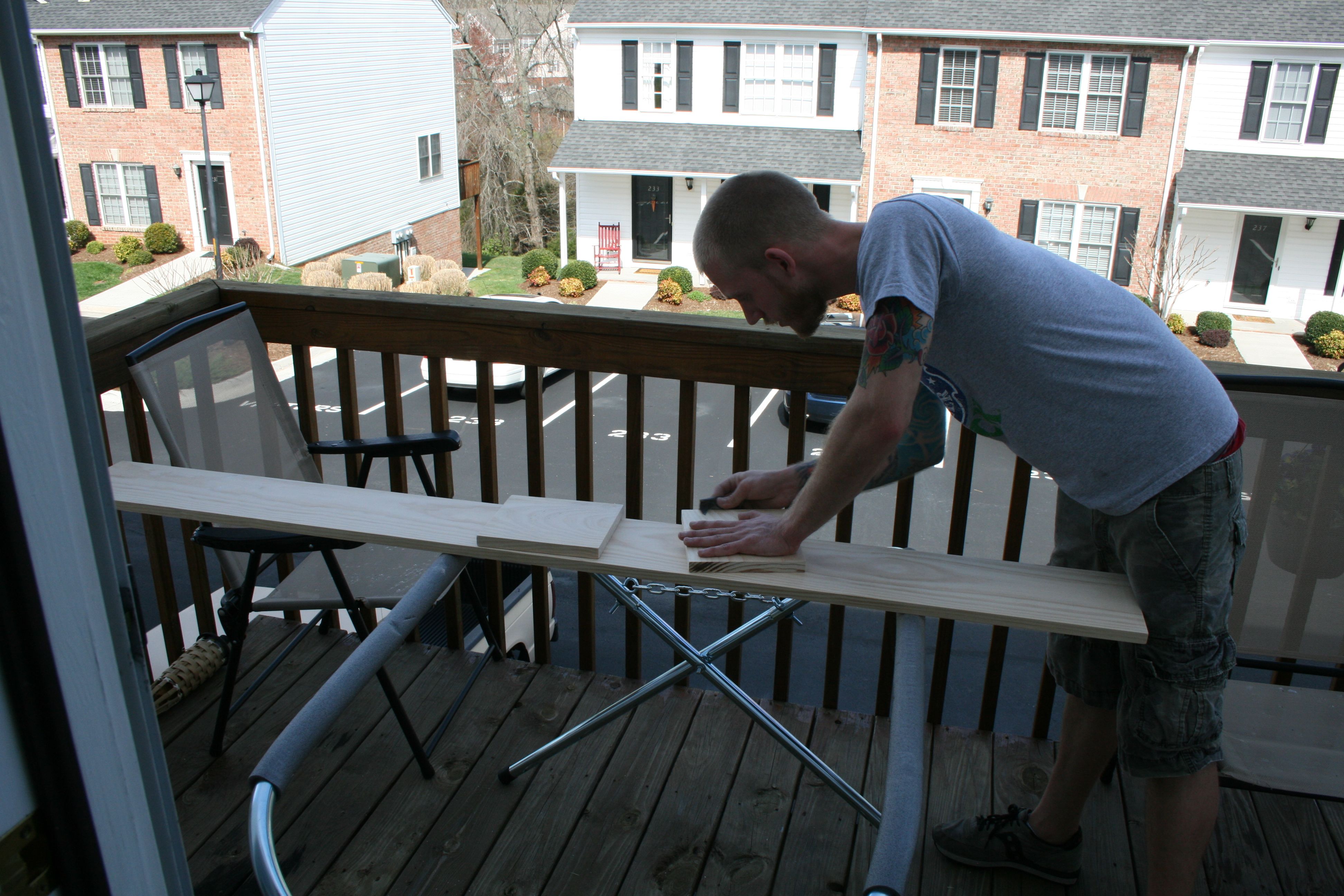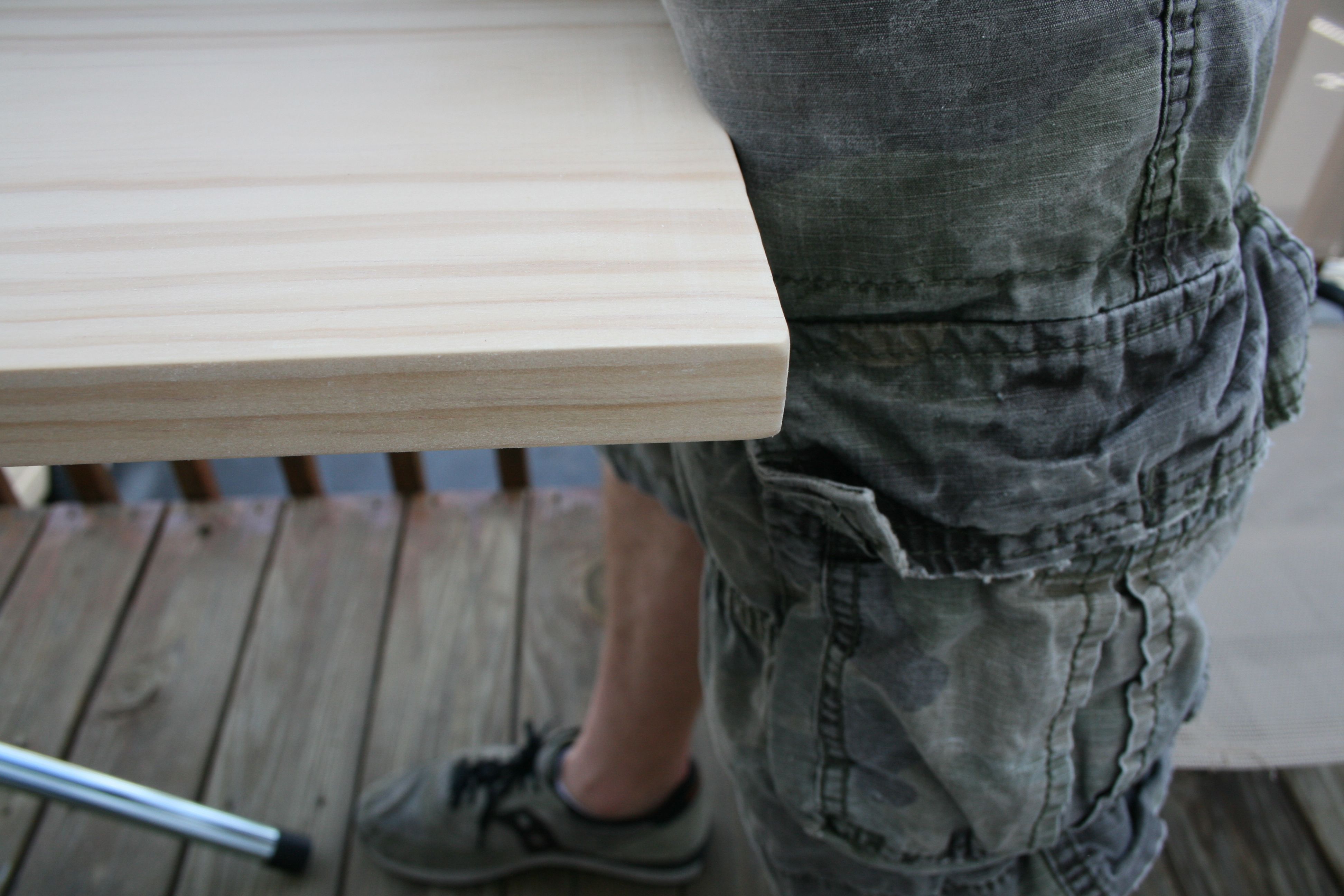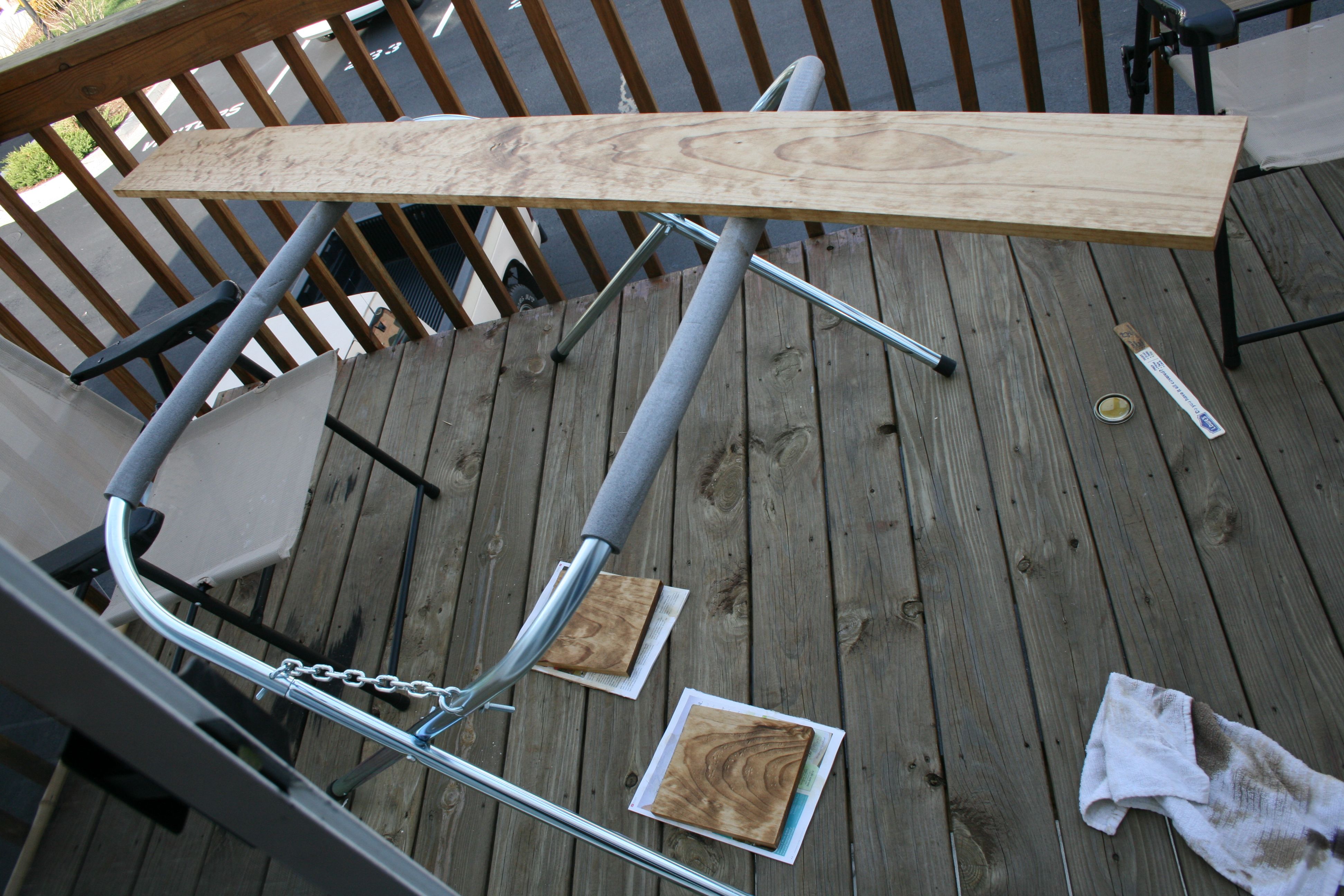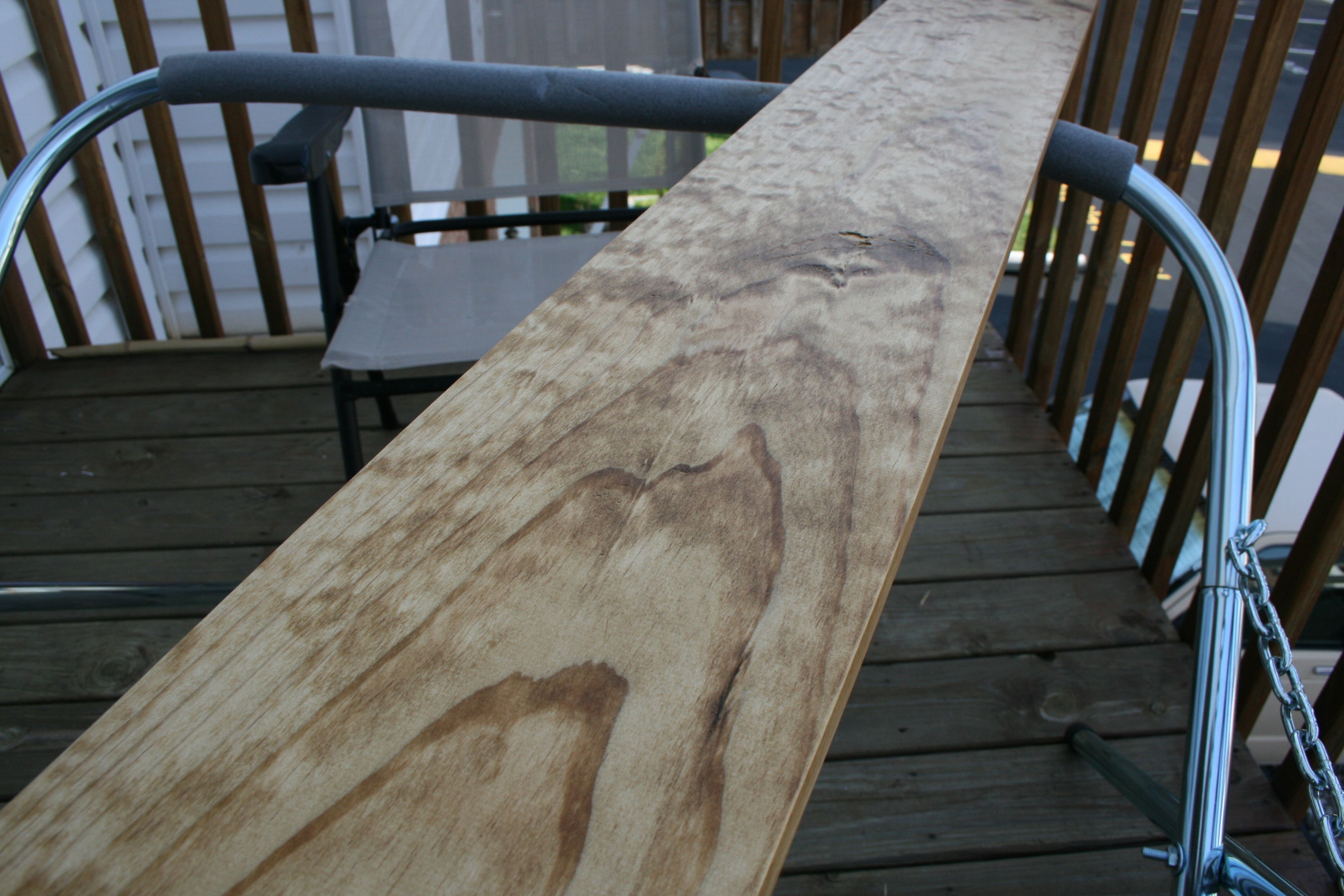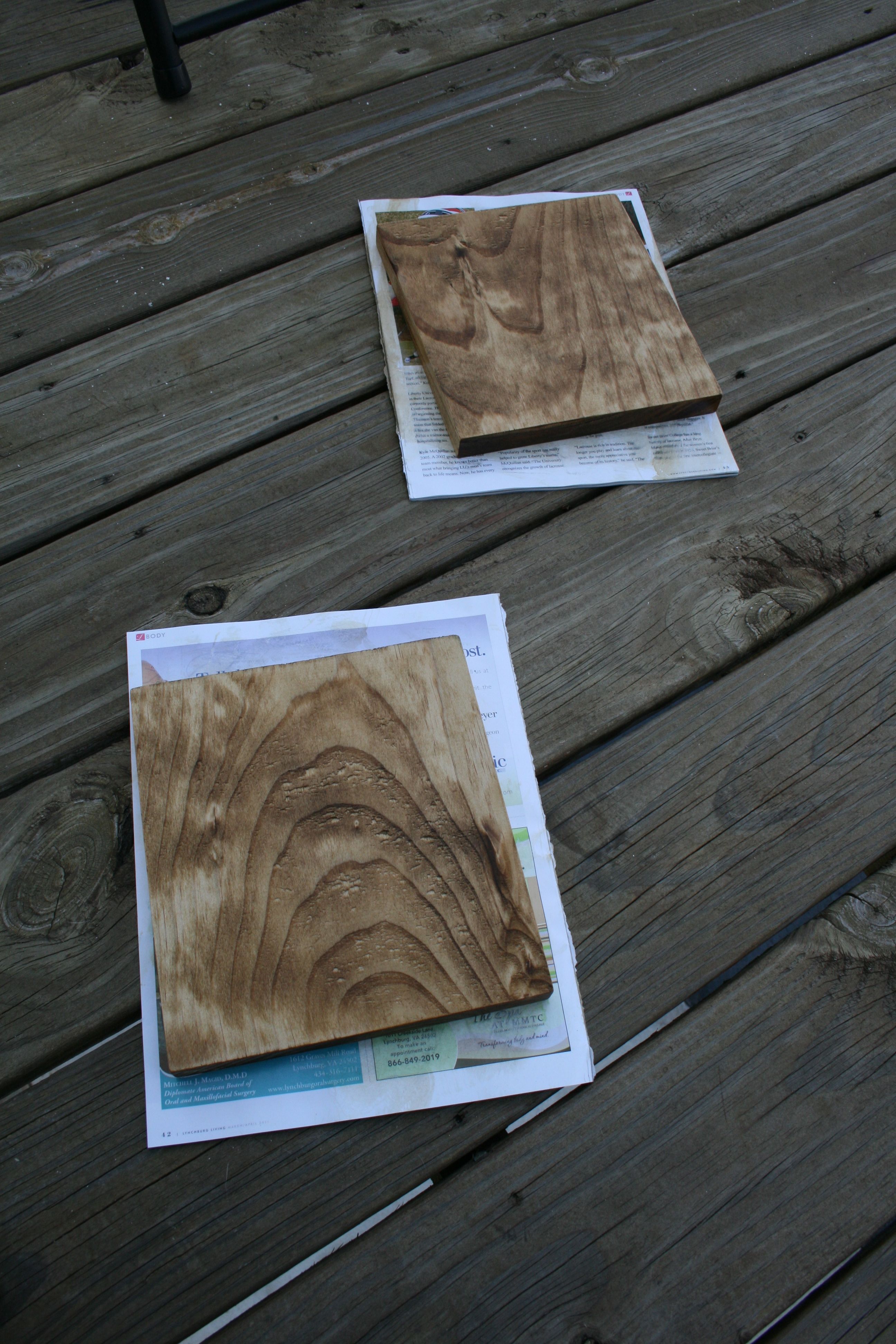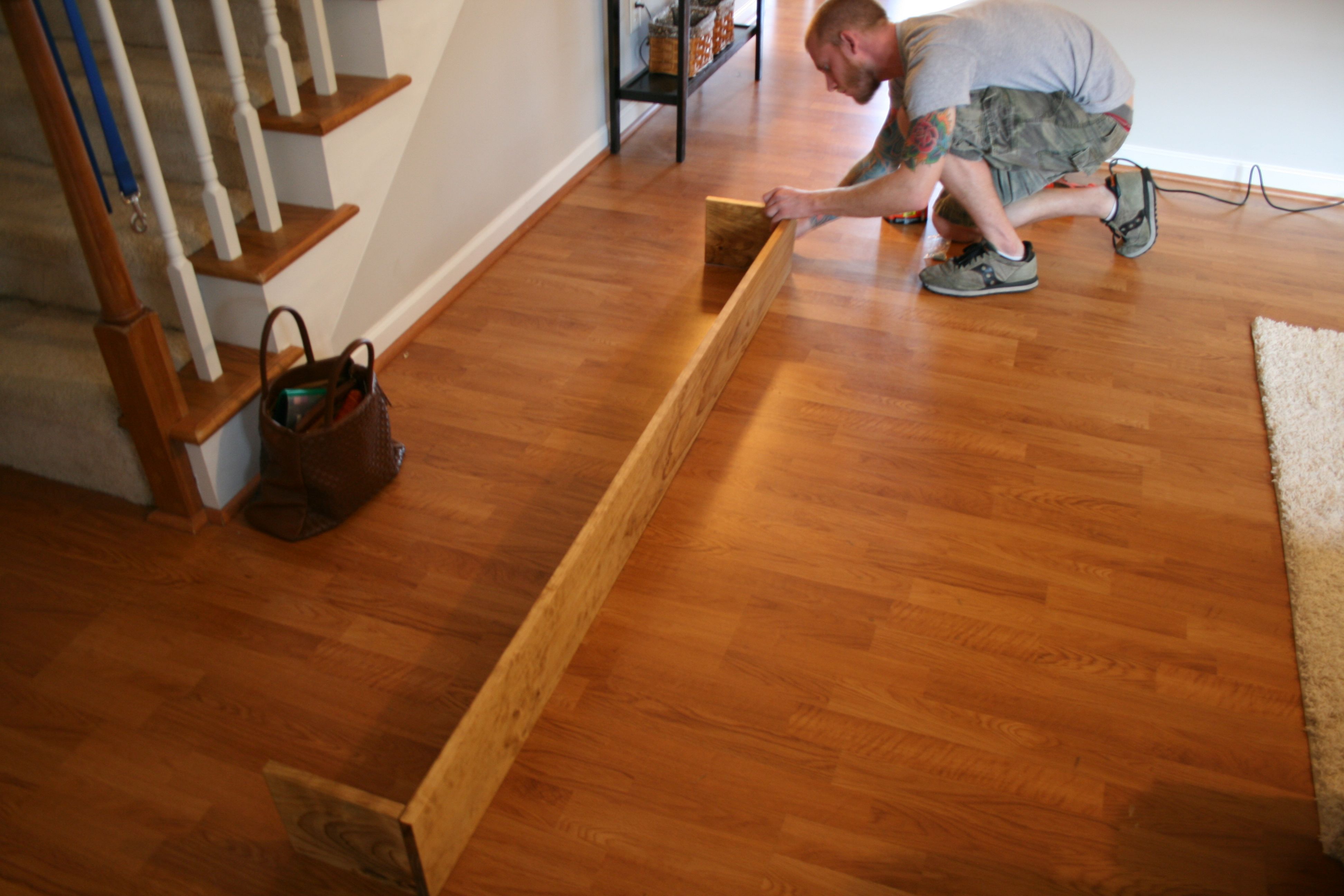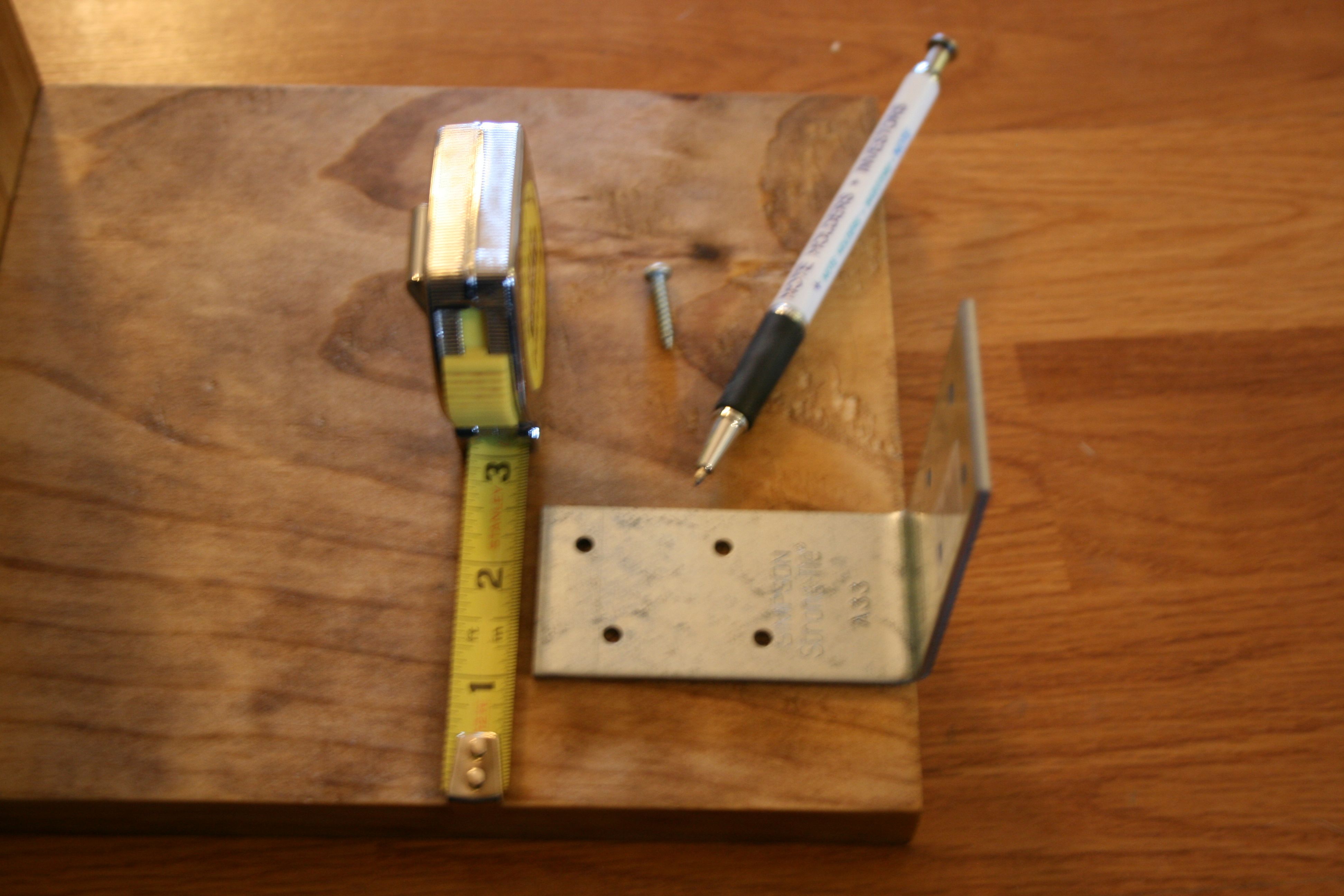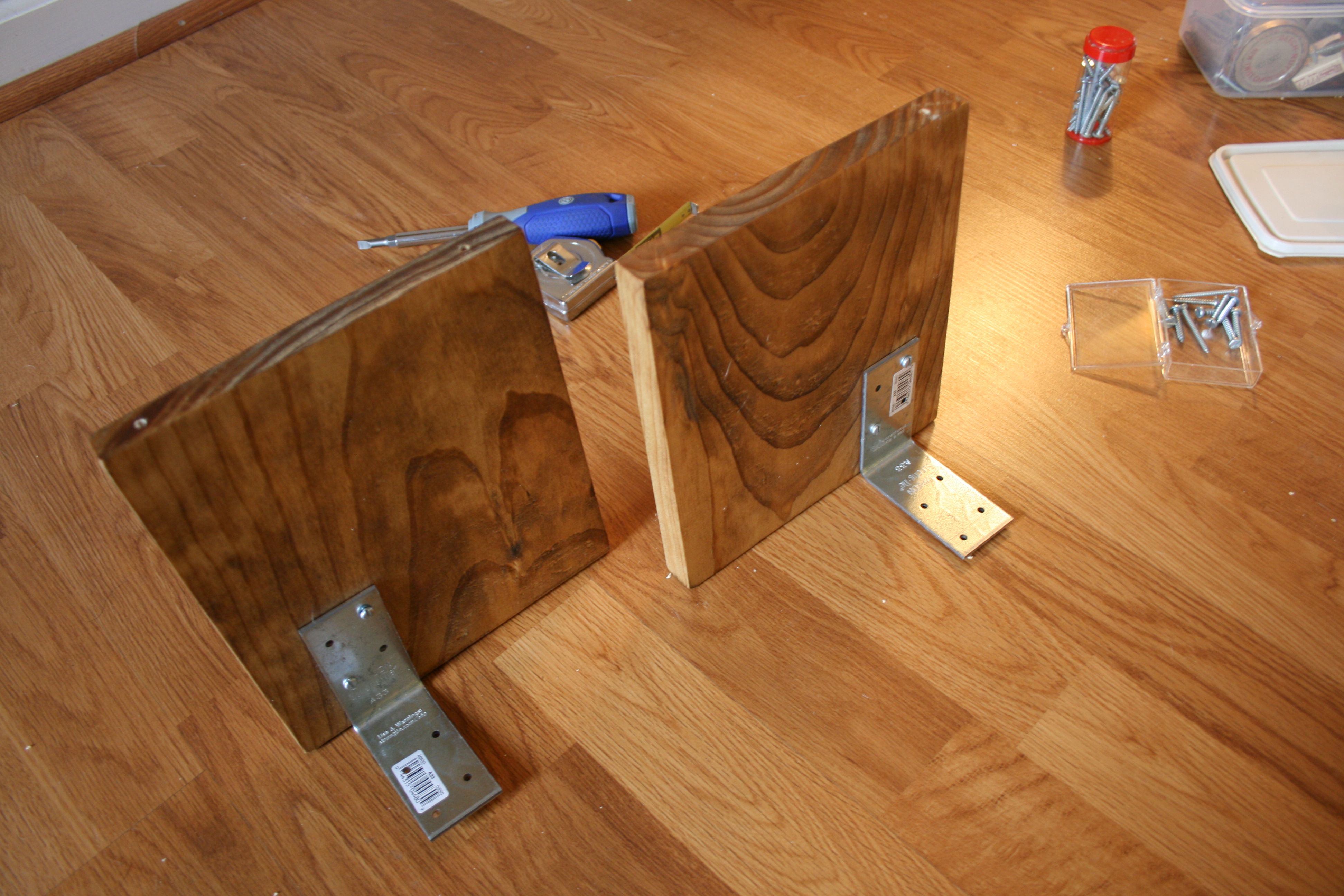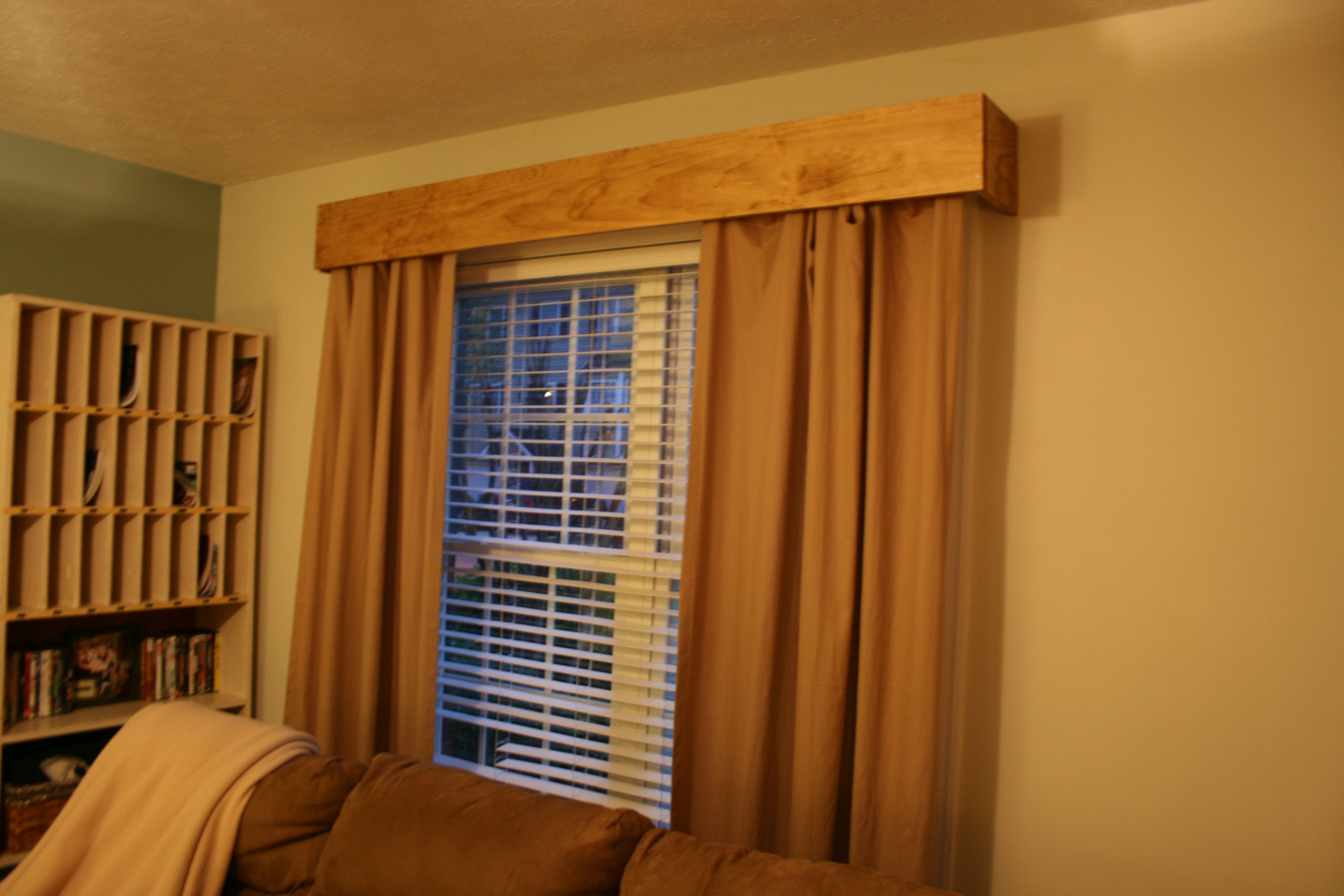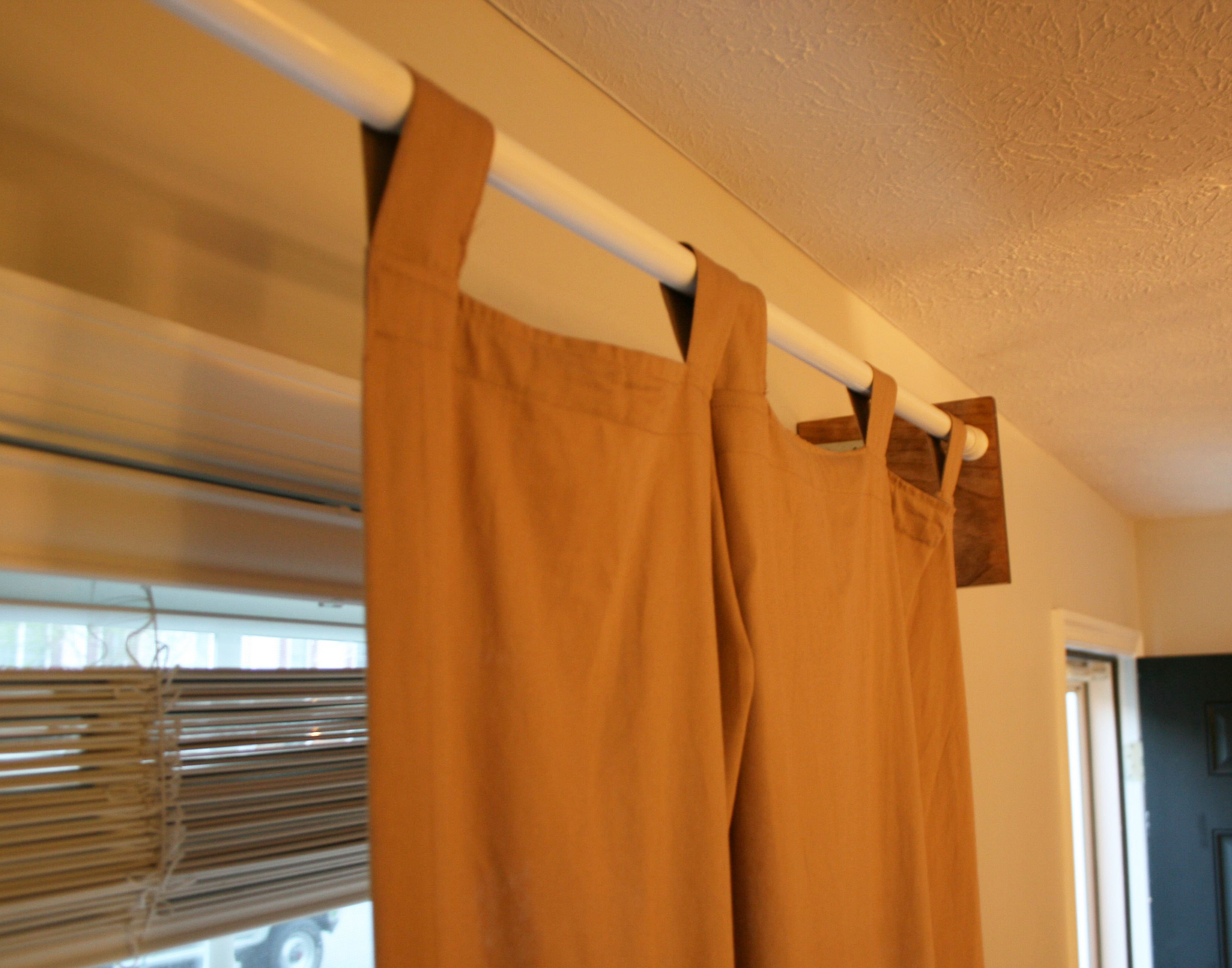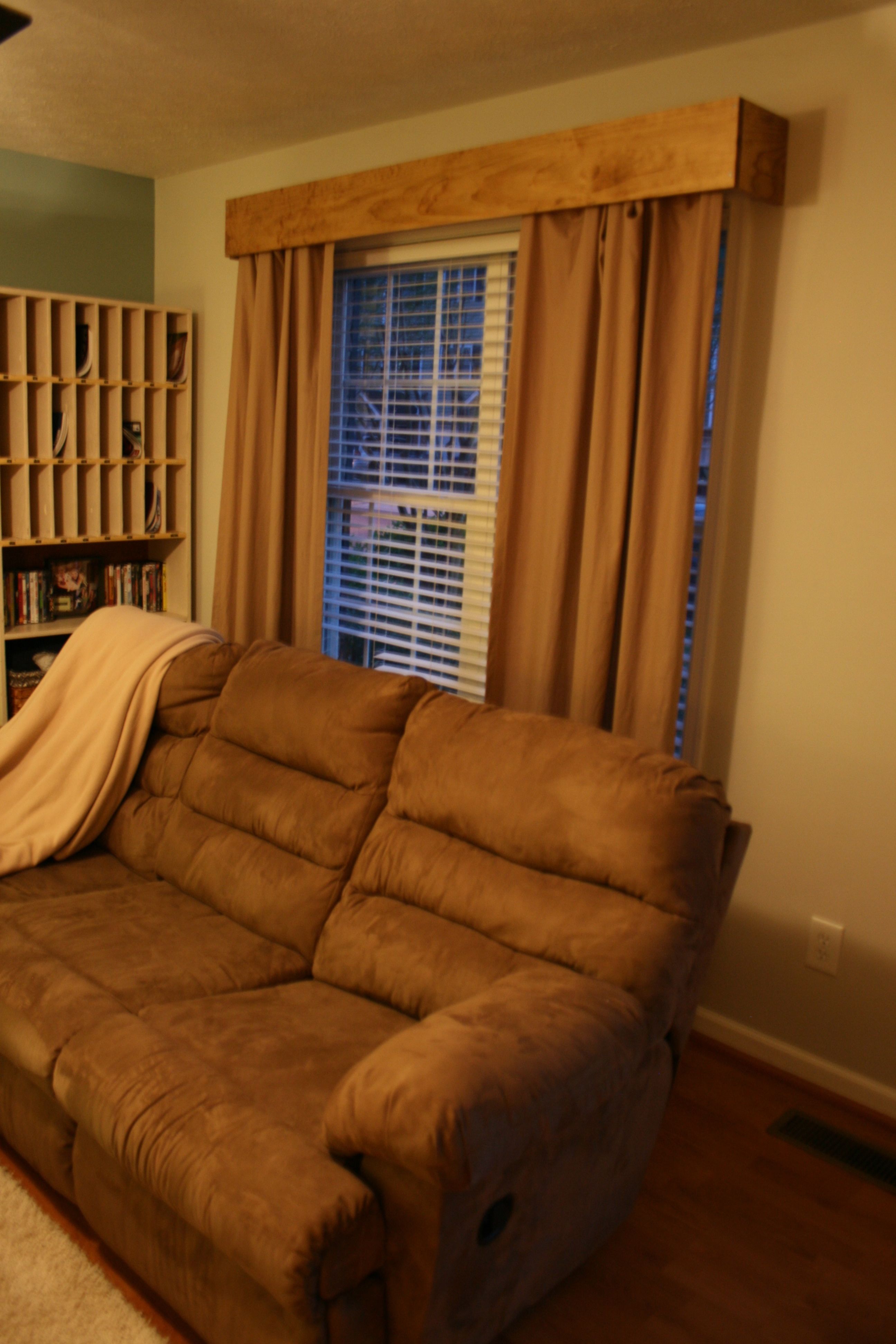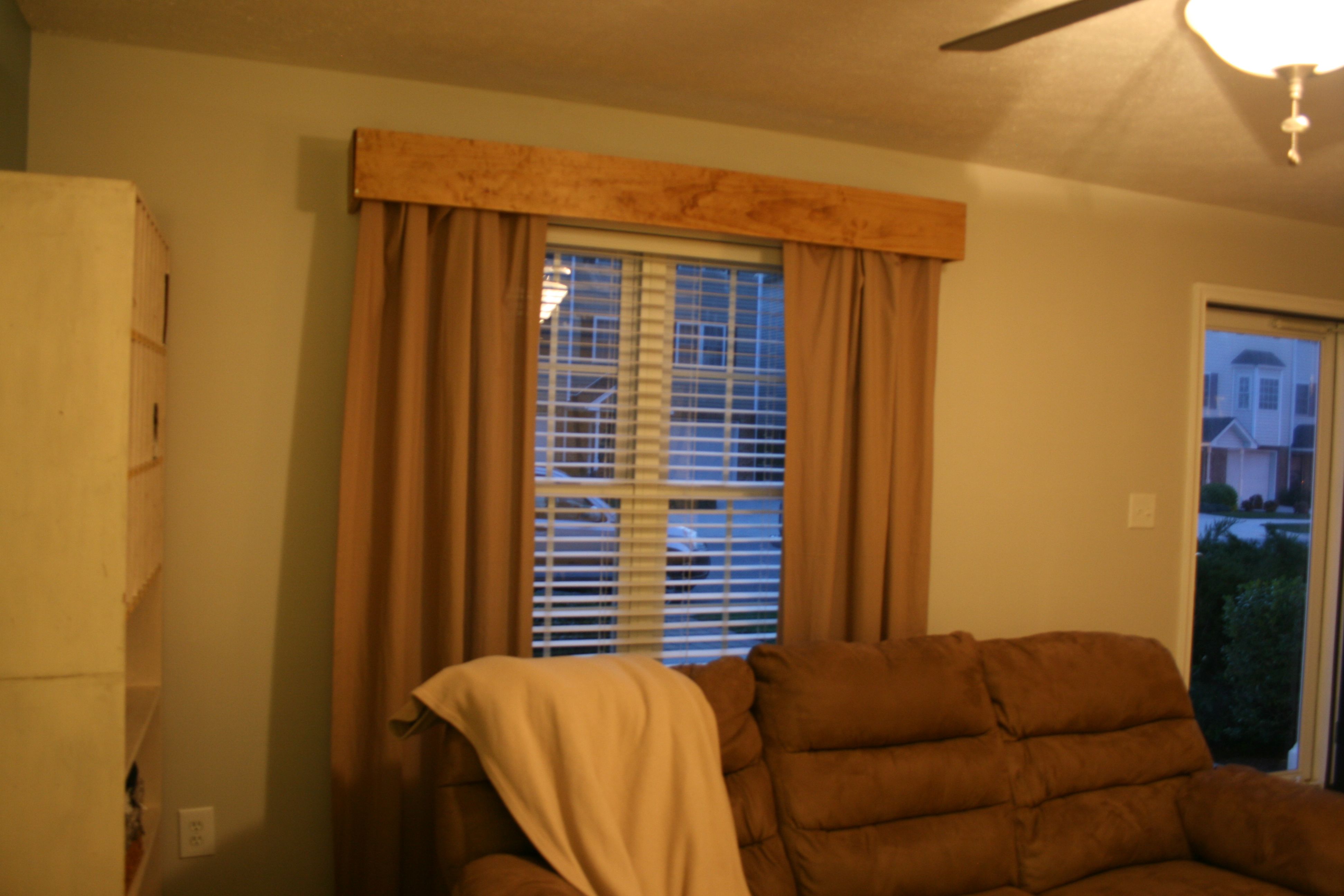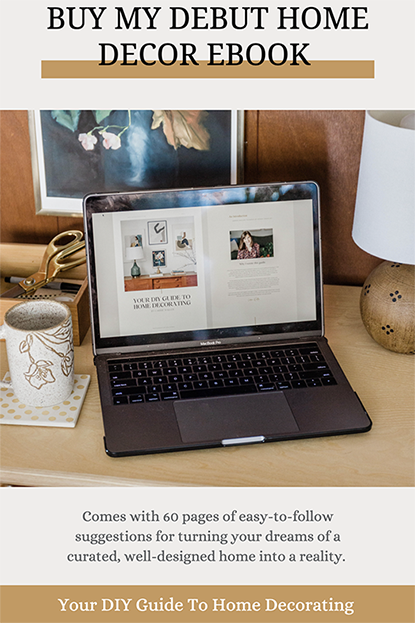So yesterday’s post was a PERFECT lead-in to today’s DIY project – Funny how that worked out 😉
One of our latest television obsessions is AMC’s series “Mad Men” – The show is based in the early 1960’s so, even if the dialogue and plot were crap (which they definitely AREN’T), I would still watch it just to drool over the clothes and furniture.
See details below…
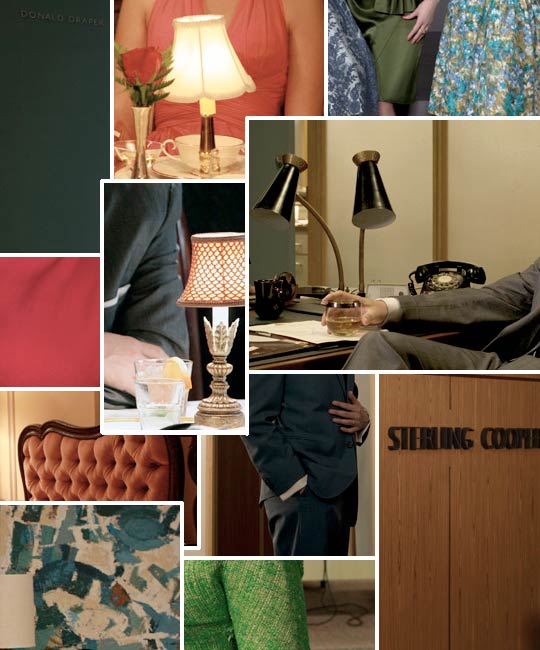
Here are a few shots of the gorgeous clothes:
And now the furniture…Oh how I wish I had work spaces like these!

Now that last photo is the one I really want you to pay attention to – It’s the one that inspired the next DreamGreenDIY team project!
If you’ll notice, the windows have sleek, painted cornice boards around the windows. I love that, even though the piece is really simple, it manages to add depth and interest to an otherwise run-of-the-mill window.
As we all know, there was a lot of panelling back then…Not exactly my favorite feature of the 60’s (although John loves it!), but done RIGHT it can be really dramatic. There’s a stained wood detail in almost all of the images above, so I thought it would be interesting to marry the two and create an unpainted wooden cornice board – My ode to “Mad Men” and the 1960’s 🙂
Supplies:
- One 1″x8″x8′ pine board, cut into three sections (one 73 3/8″ board and two 8″ boards – BTW, we had the nice man at Lowe’s cut this down for us since we don’t own a table saw)
- Small can of Minwax Wood Finish in whatever color best matches the rest of the wood elements in your house (we ended up getting “Golden Oak”)
- Sandpaper
- Two 3″ L-brackets
- Screws and drill/screwdriver
The first step was to sand the wood boards down so they were smooth and clean. John also sanded down the edges and corners a bit so that they were slightly rounded and a little more “finished” looking.
After all the sanding was taken care of, it was time to stain. This was my first time ever staining, so I was a bit apprehensive. Especially when John had to go run a car-related errand, leaving the staining up to me…My dad is a professional wood-worker, so I’m not completely unfamiliar with stain – But I definitely “wung it” on my own that day.
In my (very inexperienced) words, all I did was stir the stain with a paint stick, dip a clean folded rag in the stain and spread it on the wood. I went with the grain of the wood and just kept putting on the product until it was dark enough for me. The can said that I should put a layer of stain on, wait 5-15 minutes (depending on how dark/saturated I wanted it to be) and then wipe it off. But when I started putting it on, it was so thin that I didn’t really have anything to wipe off…I probably could have waited a day and done another coat if I wanted it to be darker, but you know I’m super impatient.
I’m not sure if the splotchiness is from the grain of the wood or just my crappy stain job – But I think I’m going to go with the idea that the grain is just really interesting! I swear it looks a lot better in person…
Anyway, after John came home, surveyed my work and gave it his own first-experience-with-stain approval, we waited a few hours and then started putting it together.
It was a fairly straightforward process. First we picked the sides of the wood that looked the best to face outward (I stained both sides since you’d be able to see the inside a little when up on the wall) and laid it out on the floor. The two short 8″ boards went perpendicular to either end of the long 73 3/8″ board.
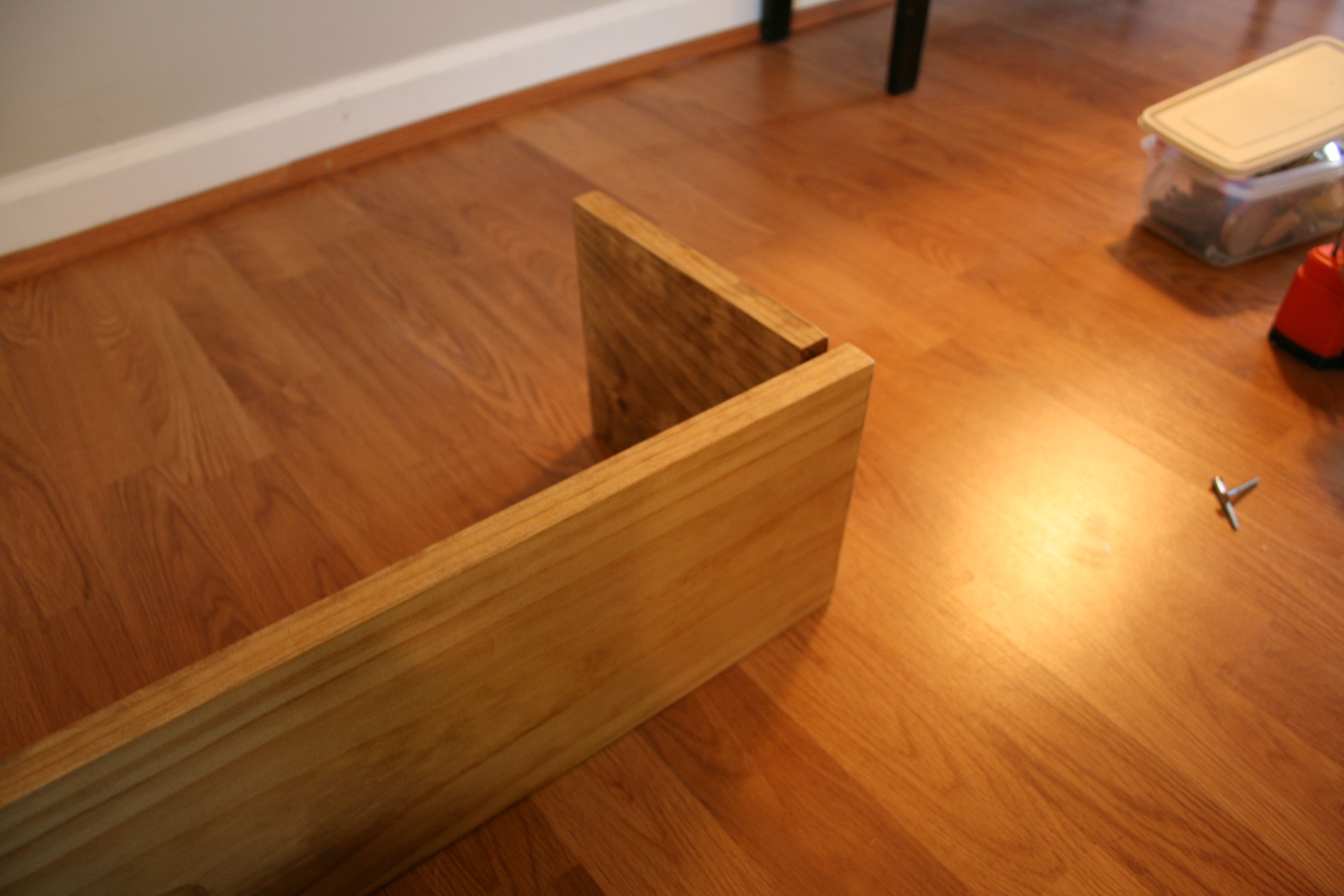
Then we took a drill and pre-drilled holes in the ends to attach the short boards to the long. After screwing everything together (it ended up only needing one screw on either end – Thank goodness pine is so light), we needed to attach the L-brackets to the short boards for actually mounting the cornice to the wall.
We measured an inch from the top of the short boards and marked where to screw in the brackets. Pine wood is so soft that we didn’t need to pre-drill for these shorter screws. We just marked where the holes would go with a pen, started the hole by using a hammer and nail, set the screw in the hole and then threaded it in using a manual screwdriver. Easy peasy!
After doing the same thing to the other side, we just needed to mount it above the window! I didn’t get any photos of this part because we were both preoccupied with holding the board up to the window, measuring, leveling and marking – But I’m sure you can imagine it 🙂
Here are the final steps to the process:
- One person holds the cornice board up against the window while the other makes sure its in the right position and that its level
- While one person continues to hold the whole thing up, the other makes marks on the wall where the L-brackets should go (push a pen through the bracket holes against the wall)
- Set the cornice board on the floor again and remove the screws holding the long board to the short ones. It’s much easier to screw the short boards into the wall by themselves and then reattach the long one afterwards.
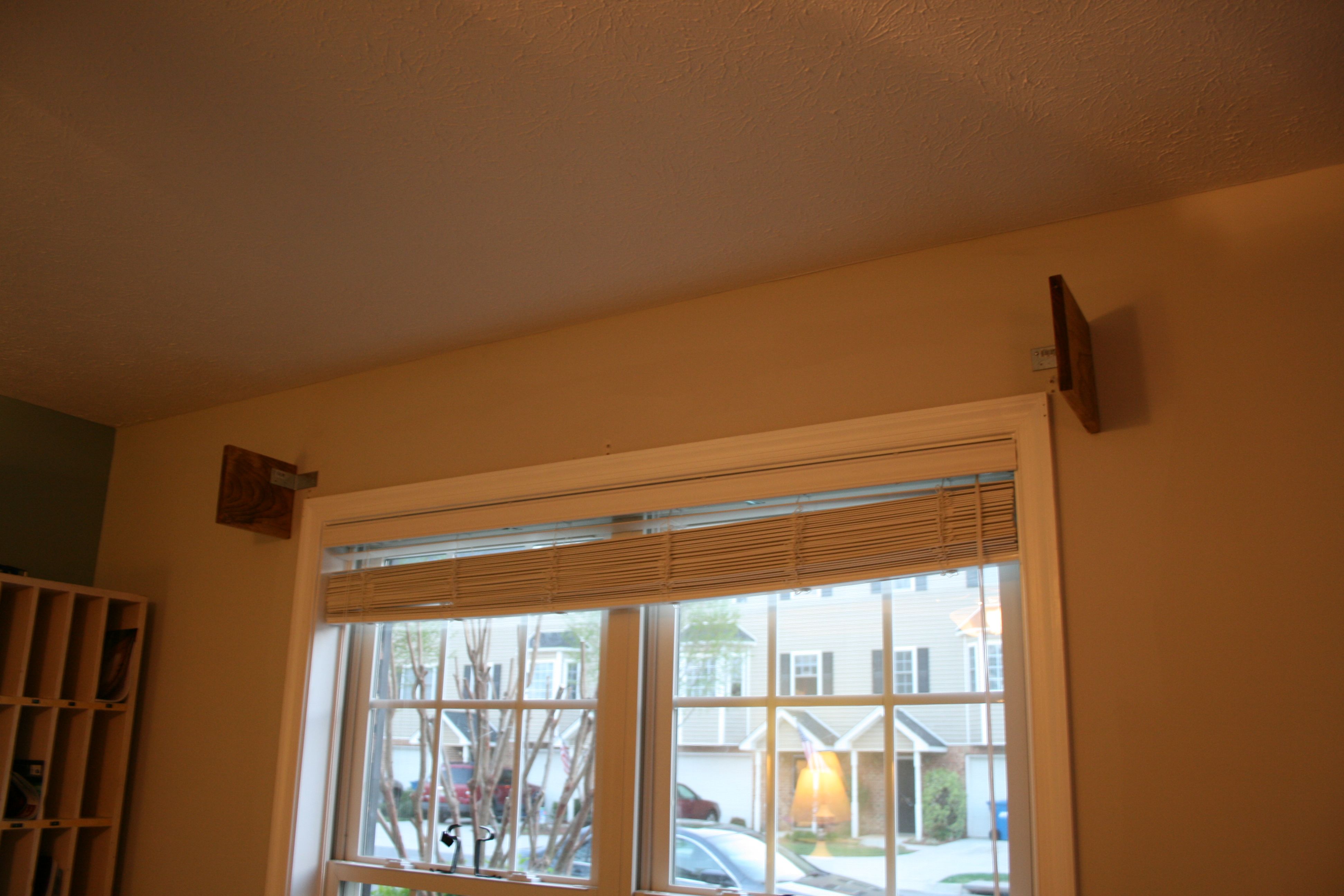
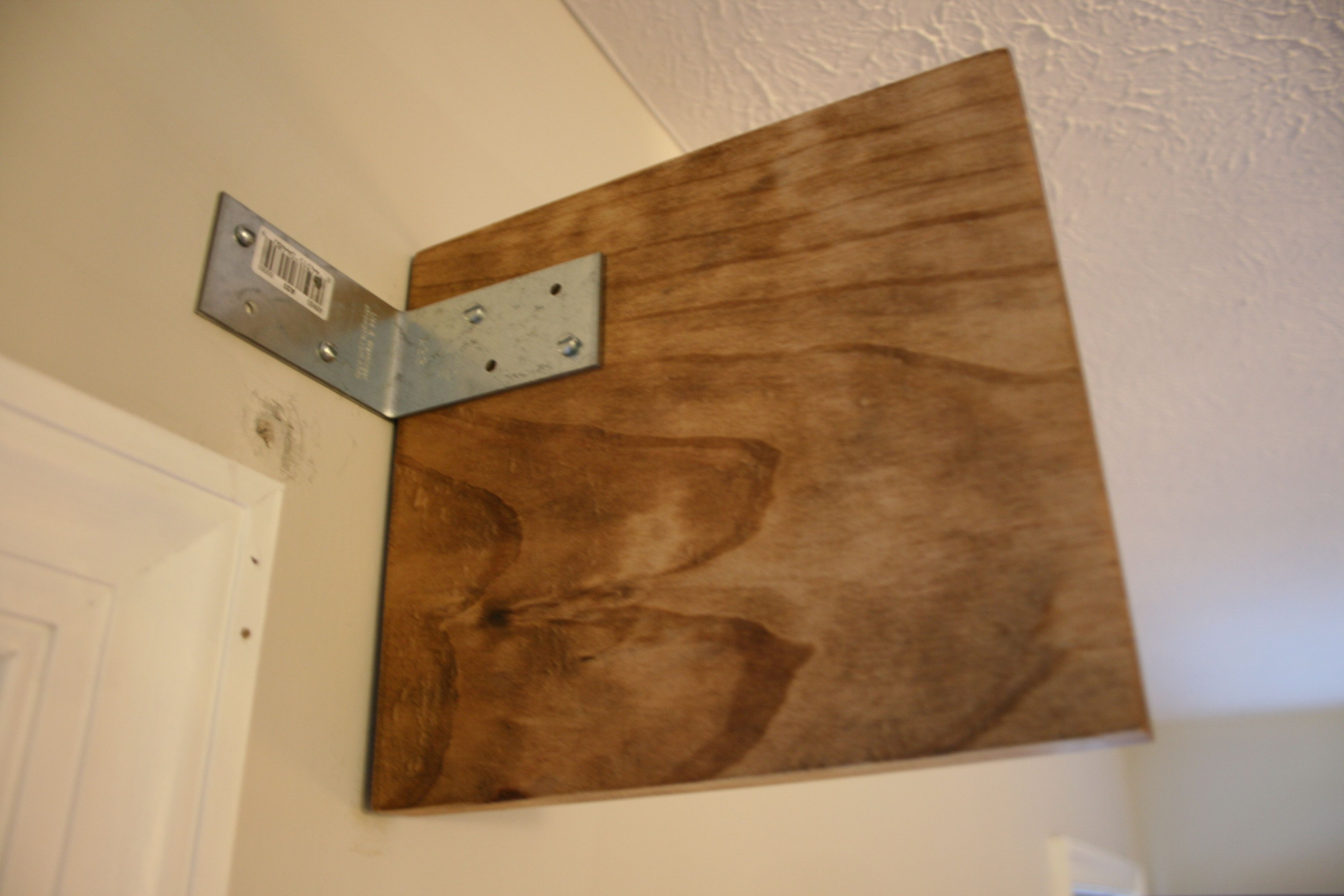
- After the short boards are up, screw the long board back in. All done!
Sidenote: We discovered that it was easiest to just take down the standard curtain rod that was already screwed into the wall above the window. It got in the way of our L-brackets when we started to put it up. So we threaded the curtains onto a tension rod (that we already had!) positioned between the short ends of our cornice board. It ended up being for the best anyway because it brought the curtains out further from the wall and made the window seem bigger somehow.
So before…
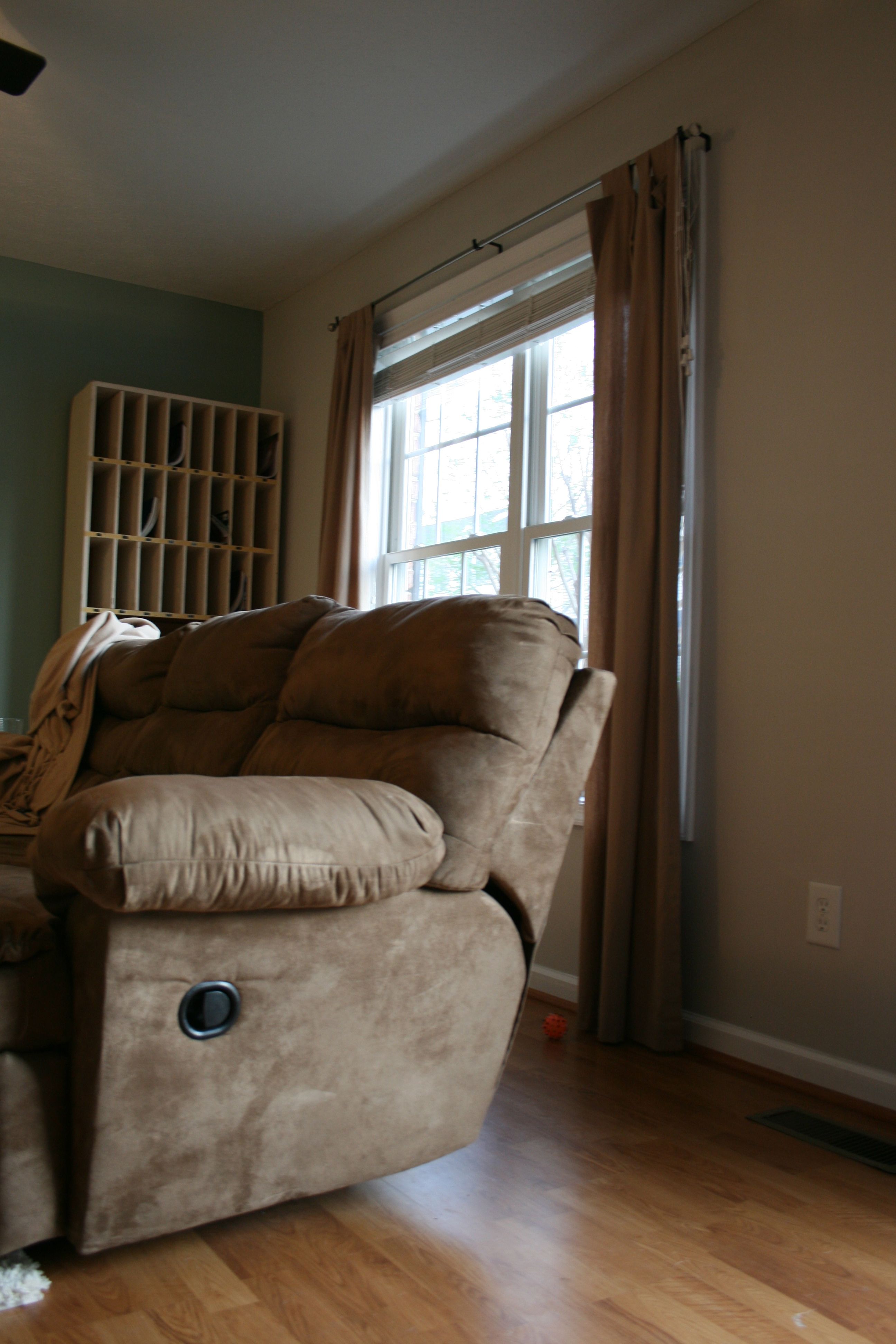
And after!
This was our very first wood-working project together and I think we are BOTH excited for more now that we have this one under our belts! Seeing such a high-impact piece on the wall that we somehow managed to pull off gives us a great sense of accomplishment.
Can’t wait till our next adventure!
(Photo credits for “Mad Men” images: here, here, here, here, here, here and here)
